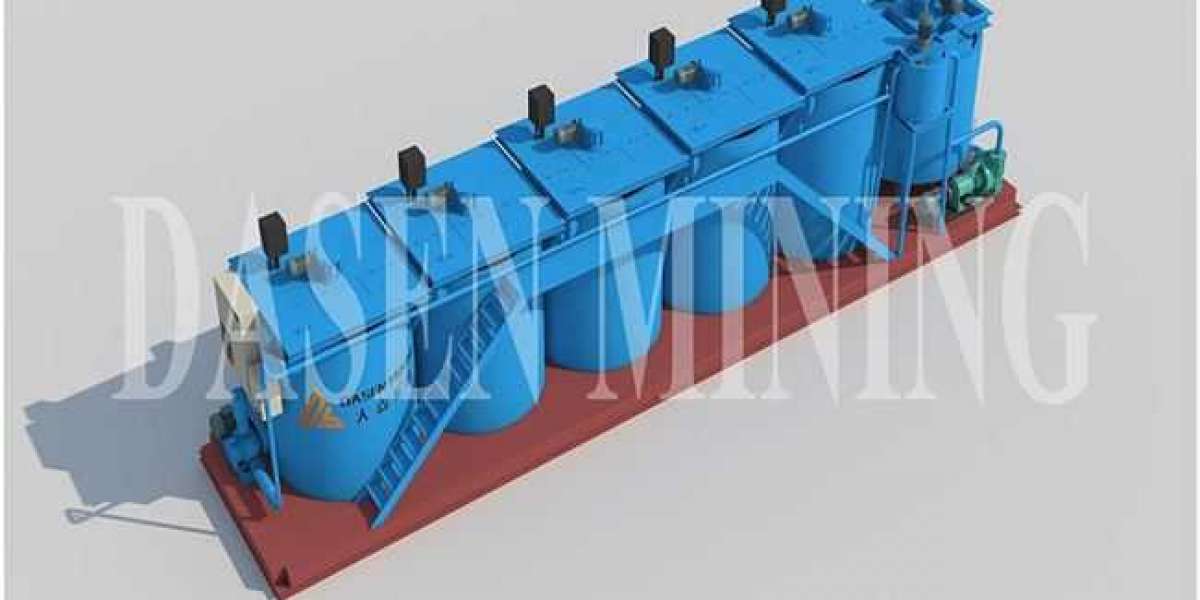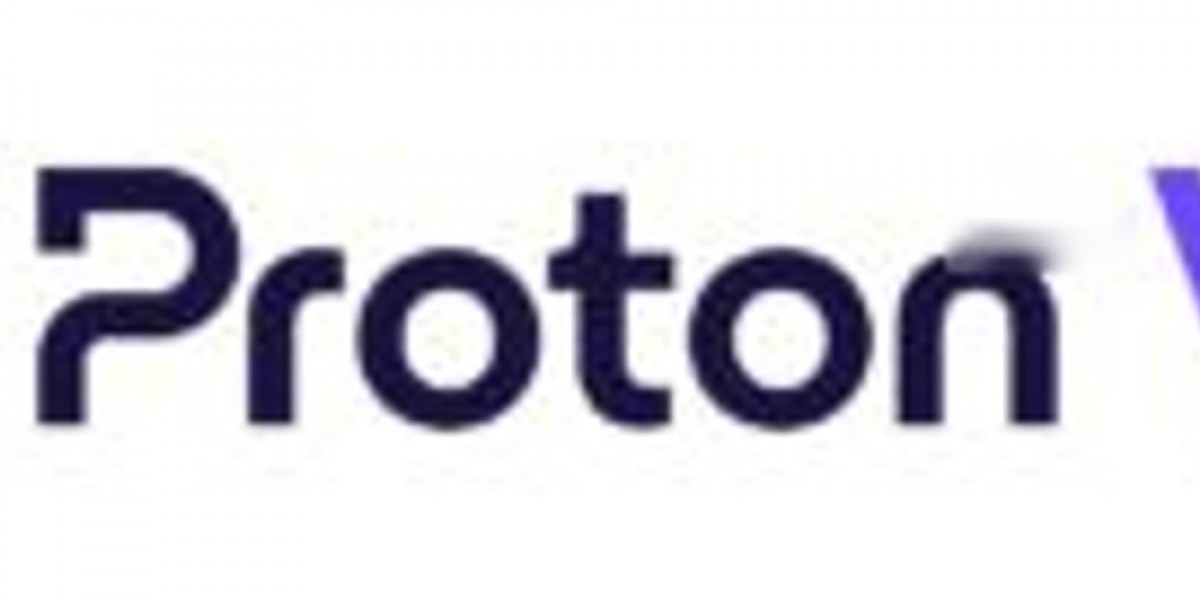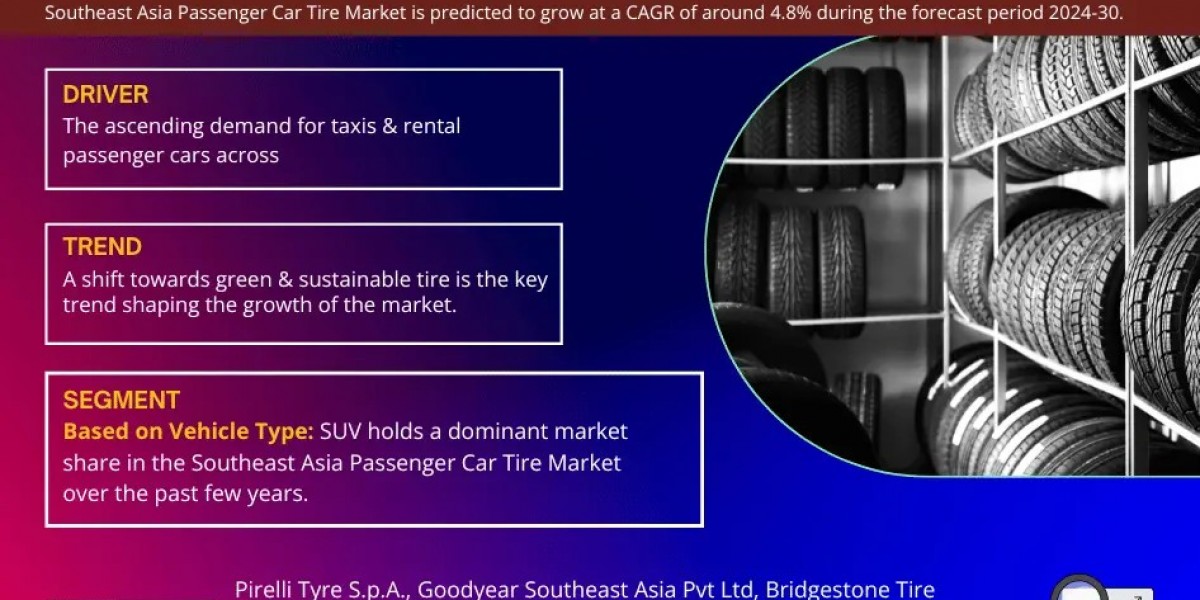Original Title: Development Trend of medical protective suit Materials Original Textile Guide Editorial Department Textile Guide In the process of fighting against COVID-19 pandemic, most products in the domestic market use composite nonwovens as medical protective suit materials, but there are some problems such as poor air permeability, comfort or insufficient strength. There is an urgent need for high-performance, lightweight, soft and breathable materials to improve the comfort and usability of protective suit. The new medical protective suit materials at home and abroad are mainly the following. Elastic nonwoven material In the process of medical treatment, medical staff are inevitably in different States of motion. However, the conventional non-woven fabrics at this stage lack elasticity, which will lead to the tearing of medical protective suit when squatting or large movements. Compared with ordinary nonwoven materials, elastic nonwoven materials have superior elasticity, contractibility and comfort, which is a new research focus in the nonwoven industry, and has been widely used in the waist and side wall of diapers. At present, micro-elastic fabrics have been widely used in clothing to reduce the restraint of clothing on human movement. Therefore, medical protective suit can use micro-elastic fabrics to improve the wearability and comfort of protective suit. Elastic nonwovens have been researched for a long time in foreign countries and have been widely used in the market. Kimberly-Clark in the United States is the first company to produce melt-blown elastic materials. Since then, with the wide application of melt-blown elastic nonwovens, melt-blown elastic nonwovens have developed rapidly in Europe, Japan and other places. Kanebo Espansione is a melt-blown elastic nonwoven material made of polyurethane elastomer. Its maximum elongation is 350% ~ 700%. It has high elasticity and shrinkage, and can be used as medical protective suit material. In addition, Kanebo combines polyurethane meltblown elastic nonwovens with polyurethane microporous films obtained by impregnation or coating. The elastic composites have high extensibility and water vapor permeability. In addition, the elastic nonwovens made of thermoplastic elastomers by melt-blown method can not only improve the processing performance of raw materials, but also improve the performance of materials through the combination of raw materials and structures. The Procter Gamble Company mixed 20% ~ 50% fatty acid or fatty alcohol and 50% ~ 80% A-B-a type nested copolymer (the component A is polystyrene and the component B is polyethylene-butylene) to extrude the fiber, and the elastic nonwoven fabric made by melt-blown method has excellent elasticity and strength. The processing is simple and convenient, the production cost is low, and the defects of poor tearing resistance and poor elasticity of the traditional non-woven fabric are overcome. Expand the full text Composite membrane material The most important function of the medical protective suit is its protective function. The composite membrane material can not only improve the barrier efficiency, but also effectively improve the mechanical properties of the medical protective suit. SMS, SSS and SFS materials were used in the protective suit of this epidemic prevention, and PE film was used in some protective suit. The protective performance of PE film can completely meet or even exceed the requirements of national standards, but it has problems such as poor air permeability and serious stuffy feeling after wearing; Some protective suit use waterproof breathable film, such as microporous PTFE film, waterproof breathable PU film, these materials can transfer the moisture of the human body to the outside, because of the high requirement of waterproof grade, there is also a hot problem, the moisture permeability effect is slightly better than PE film. The following figure shows an organosilicon breathable composite membrane prepared by taking a porous membrane and organosilicon as raw materials, wherein the membrane consists of a composite membrane, a waterproof layer, a sponge layer, a fiber layer, an organosilicon layer and a double-sided rubber pad, wherein the waterproof layer on the surface layer realizes the waterproof and impermeable functions, and the sponge layer is uniformly provided with air holes with the same density to realize certain functions of ventilation, buffering and the like. The silicone layer further enhances the waterproof function. The composite multilayer membrane material represented by this kind of material has been applied to outdoor protective suit and other materials. In addition, polystyrene (PS) was used as raw material to prepare composite membrane by combining PS with PET through electrospinning technology, and PU membrane was added into the composite membrane to modify the composite membrane. The composite film prepared by the method has good air permeability, flexibility and tensile property, and can be widely applied to the field of medical protective materials. Considering the need for high temperature disinfection of durable medical protective suit, high temperature resistant membrane materials can be used. Some researchers have prepared composite membranes by compounding polyurethane and polytetrafluoroethylene. The method is to make polyurethane into PU membrane by injection molding, polytetrafluoroethylene and polytrifluoroethylene into PTFE composite membrane by injection molding, and then coat the composite bonding surface of PU membrane and PTFE composite membrane with high temperature resistant adhesive. Carrying out hot pressing, bonding, solidifying and cooling to form a composite film. The membrane has good mechanical properties and high temperature resistance, and has great practical value. Antibacterial material In order to further enhance the protection of medical staff, the research and development of new antibacterial protective materials has become an urgent demand in the market. There are three main ways to research and develop antibacterial nonwovens. The first way is to use fiber materials with antibacterial properties to prepare antibacterial materials. For example, antibacterial spunbonded fabrics can be prepared by mixing antibacterial Ag + or nano-TiO2 into the spinning solution. The second way is to carry out antibacterial finishing on the nonwoven material. The antibacterial finis agent is applied to that non-woven material in the mode of padding, blade coating and the like, and is cured and crosslink at a certain time and temperature, so that the material has antibacterial performance. The third way is to use a composite way to make a certain layer of protective suit fabric have antibacterial property. The 27th Annual Meeting of China Spunbonded and Meltblown Nonwovens Industry Held in Wenzhou to Lay a Good Foundation, Practice Internal Skills and Actively Respond to post-COVID era China Industrial Textiles Association From September 5 to 6, the 27th Annual Conference of China Spunbonded and Meltblown Nonwovens Industry was held in Wenzhou. Gao Yong, Party Secretary and Secretary General of China Textile Industry Federation, Li Lingshen, Vice President of China Textile Industry Federation and President of China Industrial Textiles Industry Association, Li Guimei, Vice President of the Association of the Middle Class, Chen Lidong, President of the Spunbonded Nonwovens Branch of the Association of the Middle Class, and more than 300 people from the spunbonded and meltblown nonwovens industry attended the meeting. In his speech, Gao Yong said that the COVID-19 pandemic has promoted the change of the world pattern and brought great challenges to the textile industry. Since 2020, the medical and protective textile industry has achieved significant growth in social and economic benefits. China's textile exports achieved positive growth only with the support of anti-epidemic products such as masks and protective suit. By the end of August, China had exported a total of 130 billion masks and 1.3 billion pieces of protective suit,CE Certificate KN95 Mask, and the export of masks and protective textiles accounted for more than 4% of China's total exports, which is unprecedented, indicating that the industrial textiles industry has made important contributions to the development of China's textile industry and has also made outstanding contributions to the global fight against the epidemic. But Gao Yong also pointed out that we should not immerse ourselves in the successful results of the current anti-epidemic campaign, and we should prepare for a rainy day. In the long run, industrial textiles are still the focus of the development and structural adjustment of the global textile industry. Enterprises in the industry should prepare for post-COVID era, lay a good foundation, strengthen research and development, practice internal skills, actively expand the use of non-woven products, and steadily digest the current surge in production capacity. In his speech, Zeng Ruihua, the governor of Ouhai District of Wenzhou City, said that in the face of the COVID-19 pandemic, the whole country was United and United. At the critical moment of the shortage of epidemic prevention materials, the spunbonded and melt-blown nonwovens industry stepped forward, responded positively to the call of the state, made every effort to ensure the supply of materials, and provided hundreds of millions of masks and protection to the whole country in a very short time. Play the role of "military supplies depot" in logistics. At present, Wenzhou has more than 20 spunbonded nonwovens enterprises, accounting for more than half of the national output value. In the future, the Wenzhou government will continue to vigorously support the development of spunbond industry and create a more competitive spunbond nonwoven industry in the region. At the meeting, Li Lingshen explained the general situation of the development of China's nonwovens industry in 2019, the contribution of China's nonwovens industry during the COVID-19 epidemic, the social responsibility strategy of the nonwoven industry after the COVID-19 pandemic up, and the summary and prospect of the nonwoven industry. He said that in 2019, the output of nonwovens in China was 6.223 million tons, an increase of 4.89% over the same period last year; China exported 1.05 million tons of nonwovens with a value of 3.11 billion US dollars. From 2015 to 2019, the export volume and export volume of China's nonwovens increased by 9.45% and 5.76% annually, respectively. The demand for China's nonwovens in the global market continued to grow at a high speed. Li Lingshen said that the social responsibility strategy of China's nonwovens industry is to strengthen dialogue and collaboration with stakeholders in the industrial chain, promote industrial innovation, promote application innovation, promote stable growth and sustainable development of the industry, create value and share value by leading technological innovation in the industry. 2020 is the closing year of the "13th Five-Year Plan", and the industry will start the struggle for the second century goal. In the future, the nonwovens industry will focus on the weak links that restrict the high-end development of the industry in the whole industry chain, adhere to innovation-driven and demand-oriented, Medical Quickly Delivery Antivirus Coverall ,KN95 Mask for Epidemic Prevention and Control, actively promote industrial infrastructure reconstruction and industrial chain upgrading projects, adjust industrial structure, expand new applications, and enhance the global competitiveness of China's nonwovens industry. Chen Lidong reported on the work of the 27th annual meeting of the spunbonded nonwovens branch of the Middle Class Association. In 2019, China's spunbonded nonwovens industry will continue to adjust in depth and optimize the product structure; in response to competition, pay close attention to technological progress and quality control management; introduce intellectual support and integrate production, education and research more closely. Since the beginning of this year, the spunmelt nonwovens industry has continued to serve the overall situation and made important contributions to epidemic prevention and resistance. On the one hand, in the face of the imbalance between supply and demand in the early stage of epidemic prevention, the spunbonded nonwovens industry shoulders the responsibility, and the output of melt-blown fabrics in early March can meet the production of 700 million masks, alleviating the huge pressure on the supply of national protective materials. The Spunbond Branch has also done a lot of work in organizing enterprises to resume production, providing information on material supply and demand, providing technical guidance on epidemic prevention materials, assisting the government in material allocation, and participating in the formulation of product standards. Post-COVID era, China's spunbonded nonwovens industry should establish a combat readiness thinking of supplying epidemic prevention materials at any time, establish a new pattern of economic development with "internal circulation" as the main body, attach great importance to the risk of overcapacity caused by excessive investment, pay more attention to internal management and quality improvement, and pay more attention to the construction of enterprise law-abiding and integrity. In the future, spunbonded nonwovens enterprises should aim at the commanding heights of quality management, innovative technology, technical equipment and personnel training, adjust the structure transformation, enhance competitiveness and rank in the forefront of the industry or region in the rapidly changing market transformation. Shen Ning, Director of Asian Marketing Department of HHS Division of Berry International Group, introduced the market development of global medical nonwovens and its impact on the field of sensory control. According to her, from 2018 to 2023, the demand for spunbond and spunmelt products in the global medical nonwovens market is expected to grow by 4.6% annually. The main driving forces for the application of medical nonwovens in the global medical market are the increase of medical protection requirements, the increase of cost guarantee demand and the innovation of production technology. Due to the increase in labor costs, the processors of disposable medical nonwovens are gradually shifting from China to Southeast Asia. Today, under the influence of the COVID-19 pandemic, the global market demand for medical nonwovens has increased significantly, and domestic and foreign enterprises have invested in or switched to medical and health supplies. She suggested that enterprises in the industry should invest rationally, strengthen basic research, establish product research and development bases and product testing centers, improve product quality in a planned and rhythmic way, create enterprise characteristics and maintain market operation. Dai Jinping, deputy dean of the National Institute of Economic Strategy, Nankai University, analyzed the current macroeconomic situation. She said that since March, China's economy is rapidly returning to normal, the growth rate of industrial profits above the scale has recovered well, large and medium-sized enterprises have recovered well, and small enterprises have recovered poorly. In terms of investment, real estate investment has returned to normal, infrastructure investment has exceeded the pre-epidemic level, and manufacturing investment has recovered slowly. As the consumption level is restricted by employment and income level, consumption has not yet returned to normal level; Due to the constraints of the epidemic on the production capacity of other exporting countries, China's exports of some products have recovered well, even exceeding expectations. According to Dai Jinping's analysis, the COVID-19 pandemic is an emergency and will not fundamentally improve the business cycle, which is why the resumption of work in most countries and regions in the first half of this year is better than expected. She predicts that the market demand for epidemic prevention materials will remain high for a long time to come. Chen Shengping of Zhejiang Jincai New Material Company, He Yubo of Hubei Huiyu Machinery Equipment Co., Ltd., Qiu Huaai of Shenzhen Huaai Shenda Technology Co., Ltd., Hong Xing of Yancheng Hengtian Nonwovens Technology Co., Ltd. and Gong Desheng of Hubei Changrui Protective Products Co. Ltd. were elected as members of the Council at the Fifth Session of the Fourth Council of Zhongchanxie Spunbonded Branch. At the annual meeting of innovation, the spunbond branch awarded the license to the new governing unit. At the Forum on Innovation and Development held on September 6, Wang Xiangqin, Guangzhou Inspection and Testing Certification Group, introduced the domestic and foreign standards for epidemic prevention masks and common problems in testing. According to her introduction, medical masks in China are divided into medical protective masks (GB19083), surgical mask (YY0469) and disposable medical masks (YY/T0969). Non-medical respirators include self-priming filter particulate respirator (GB2626), daily protective respirator (GB/T32610) and children's respirator (GB/T38880); EU respirators are divided into medical respirators (EN14683) and particulate inhalation filter respirator; Masks in the United States are divided into medical masks (ASTM F 2100) and particulate filter respirators (42 CFR Part 84). The main technical requirements for various mask standards at home and abroad are different. As of July this year, Guangjian Group has provided 12731 enterprises in China with testing services for protective products such as masks and protective suit. The big data show that the overall unqualified rate of mask products is 34.3%, of which the overall unqualified rate of particle filtration efficiency is 42.3%, and the overall unreasonable protective effect is 89%. The reason for the high failure rate of mask testing is not that the product quality is not up to standard, but that the qualifications of the inspected enterprises are not equal, the reference standards do not match, and the enterprises do not have an accurate understanding of the standards. Professor Wang Wenyu of Tianjin Polytechnic University introduced the frontier scientific research and development of advanced nonwovens. He said that the frontier scientific research of nonwovens includes the development and utilization of biomass fibers such as bio-based fibers, protein development and application, and supercapacitors; the functional fabric finishing such as super-hydrophobic finishing and one-way water conductive finishing; and the energy reuse represented by the development and application of solar evaporators; The fourth is energy collection and conversion, including the development and application of flexible nano-generators, acoustic energy collection, and the development and application of new pressure materials for force-electricity conversion; the fifth is the research and development of intelligent sensors represented by the development and applications of ultra-sensitive flexible sensors. In the next five years, China's nonwovens will rely on the national development strategy to achieve large-scale production, and form several forward-looking and characteristic functional fiber development projects. In the next 10 years, China will launch large-scale, multi-field and high-tech research results, and become the most famous research and development base and brand in the field of textile and even intelligent manufacturing. Liu Xuewen, an Itra video equipment manufacturing company, introduced the new prospects of visual inspection for intelligent factories. According to him, the current changes in the industry are reflected in three aspects, one is the change in demand, the other is the change in technology, and the third is the change of enterprise intelligent production, optimal efficiency and shortest technology. At present, terminal brands require nonwoven enterprises to provide as many supply chain products as possible, including nonwoven materials and related printing and packaging products. This trend is becoming more and more obvious. Itra can provide the whole process of testing from nonwoven raw materials, nonwoven printing, release paper coated with silicon/release film coated with silicon, breathable film printing, outer packaging printing to slitting. The intelligent color camera developed by Itra Company can also achieve the best detection effect under high-speed conditions, and the color and black and white detection can be realized simultaneously. In the high-end interview session with the theme of technology and innovation chaired by Qian Xiaoming, Secretary-General of the Spunbonded Branch of the Middle Class Association, entrepreneurs discussed how to healthily digest the current surge in production capacity in the post-COVID era melt-blown nonwovens industry from the aspects of raw materials, equipment, technology, technology and application. In the high-end interview session with the theme of market and quality hosted by Professor Jin Xiangyu of Donghua University, the entrepreneurs who participated in the discussion said that post-COVID era, challenges outweigh opportunities, strategic partners should be established to ensure the rational supply of upstream and downstream industrial chains, and independent innovation and R D should be strengthened to create more competitive high value-added products; With high-end technology, we will build an intelligent production system with strong stability. During the meeting, Gao Yong and his delegation made an investigation in Zhejiang Chaolong Textile Machinery Co., Ltd. Chaolong is the vice president unit of the Middle Class Association and the president unit of the Spunbonded Nonwovens of the Middle Class Association. The company is a state-level high-tech enterprise integrating R D, manufacturing,Medical Disposable Coverall, sales and service of spunbonded and melt-blown composite nonwovens production equipment, with international leading technology processing centers and special equipment for CNC rollers and grinders. Many R D projects of the company's spunmelt nonwoven equipment have reached the international advanced level and filled the gaps in China. Relying on the company's "China Spinning and Melting Nonwovens Equipment Engineering Research and Development Base" to improve production speed and product performance through technical equipment innovation, it provides technical equipment support for the development of spinning and melting nonwovens. Return to Sohu to see more Responsible Editor:. zjyuan-group.com
Search
Popular Posts








